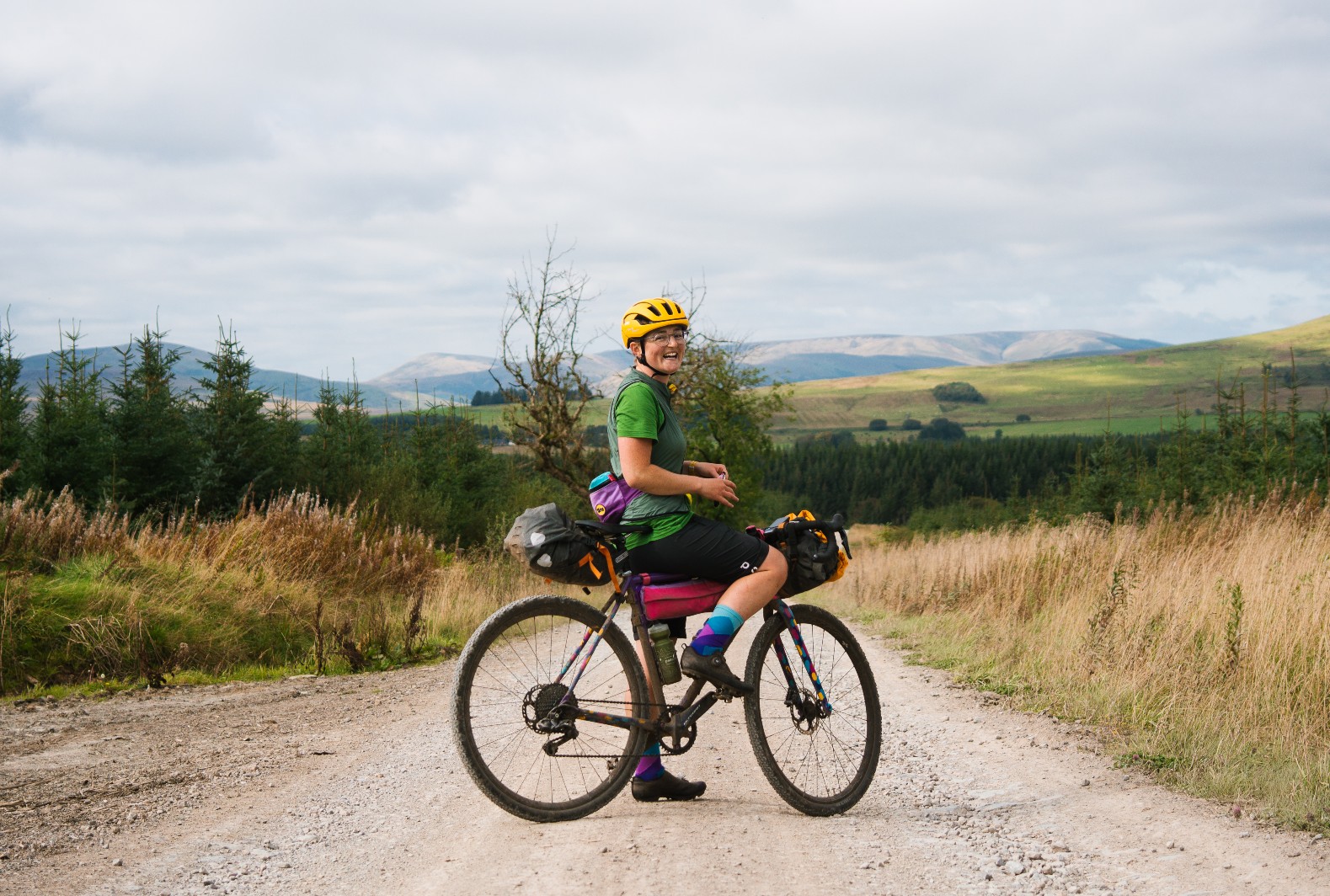As the popularity of indoor cycling has boomed over recent years, so has the accompanying range of indoor cycling clothing, shoes and accessories.
Cycling kit designed specifically for indoor training is generally intended to keep you cooler than outdoor clothing, because of the warmer ambient temperature and lack of a cooling breeze.
So whether you're avoiding foul winter weather or packing a short and sweet training session into your time-crunched schedule, you can concentrate on optimising your workout and enjoy the benefits of indoor cycling.
What should I wear for indoor cycling?
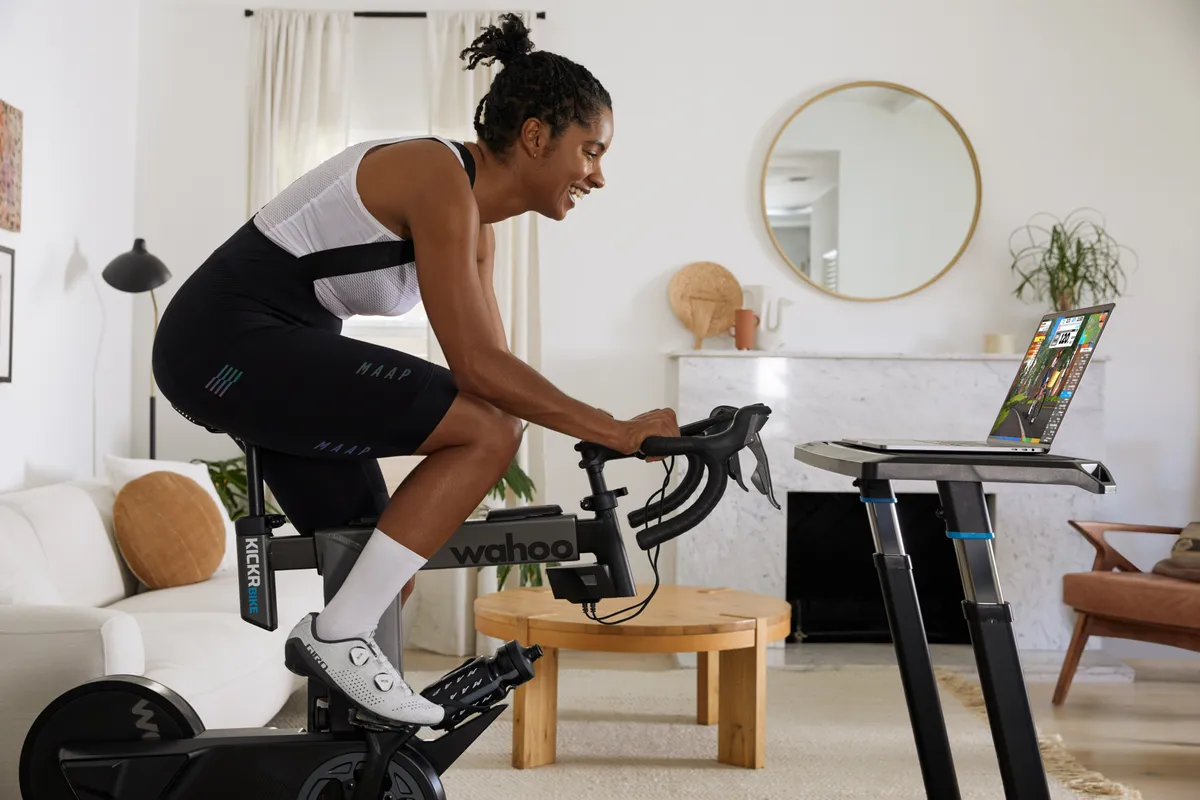
There are two main demands on clothing, kit and accessories when it comes to indoor training: to keep you comfortable and keep you cool.
Because there's no wind to cool you down during or after your efforts, and little to no freewheeling either, even the chilliest of winter garden shed setups can become steaming saunas while you're on your smart trainer or indoor bike.
Forget layering up, the key to indoor cycling kit is ventilation to allow for heat dissipation and for sweat to wick away from your skin.
As with any guide on what to wear, the key is wearing whatever you feel most comfortable in. Plus, there's no denying that most of us tend to perform better if we're feeling good – and clothing can help play a part in that.
Do I really need indoor-specific cycling clothing?
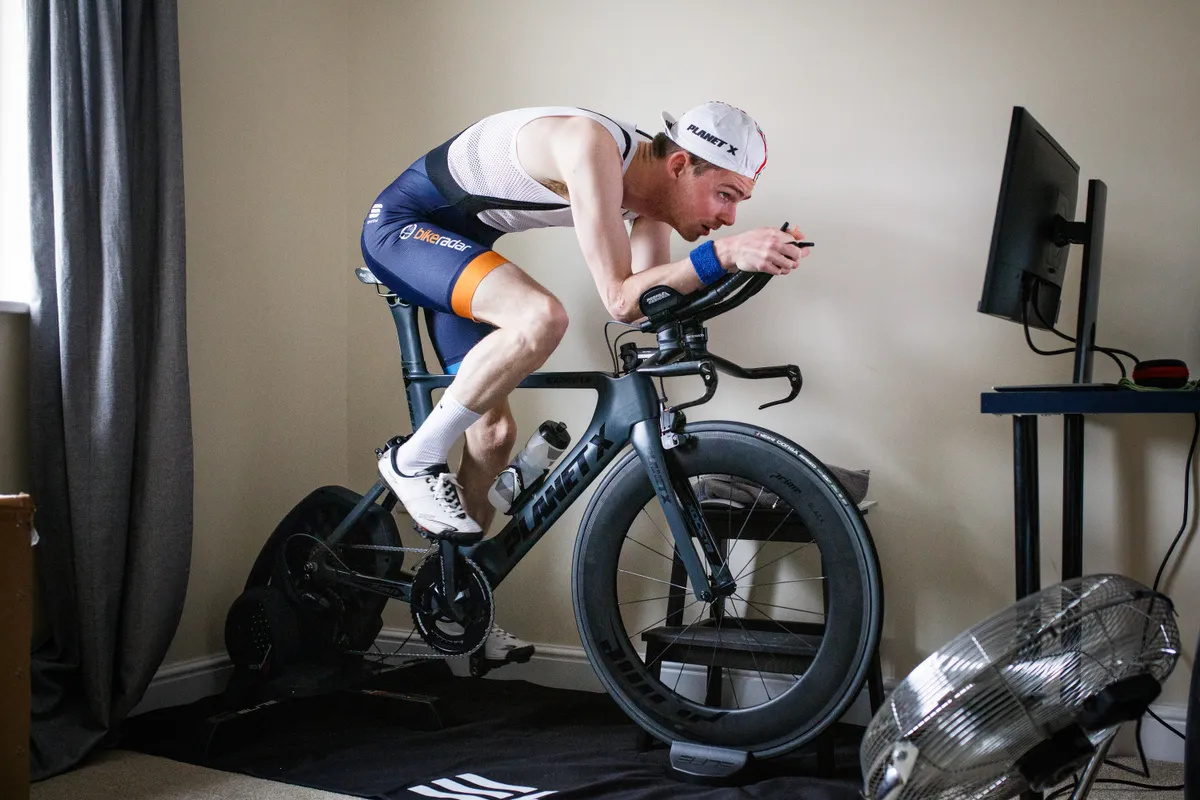
Whether you should consider buying indoor cycling clothing, shoes and accessories really depends on what you already have in your wardrobe, how often you intend on doing some indoor training and how much you sweat.
Typical cycling kit for riding outdoors can of course be used for cycling indoors, but lighter or more minimal layers would be preferable.
If you're a keen gym-goer, into strength training or running, you may already have some technical wicking layers that can come in handy on the indoor trainer.
If indoor training is likely to become a significant part of your training regimen, then some dedicated kit to help you feel comfortable while pushing on the pedals could be a wise investment, and help keep your other cycling kit fresh for outdoor days.
You will likely benefit from indoor-specific cycling clothing if you are prone to getting very hot and sweaty.
Indoor vs outdoor cycling clothing
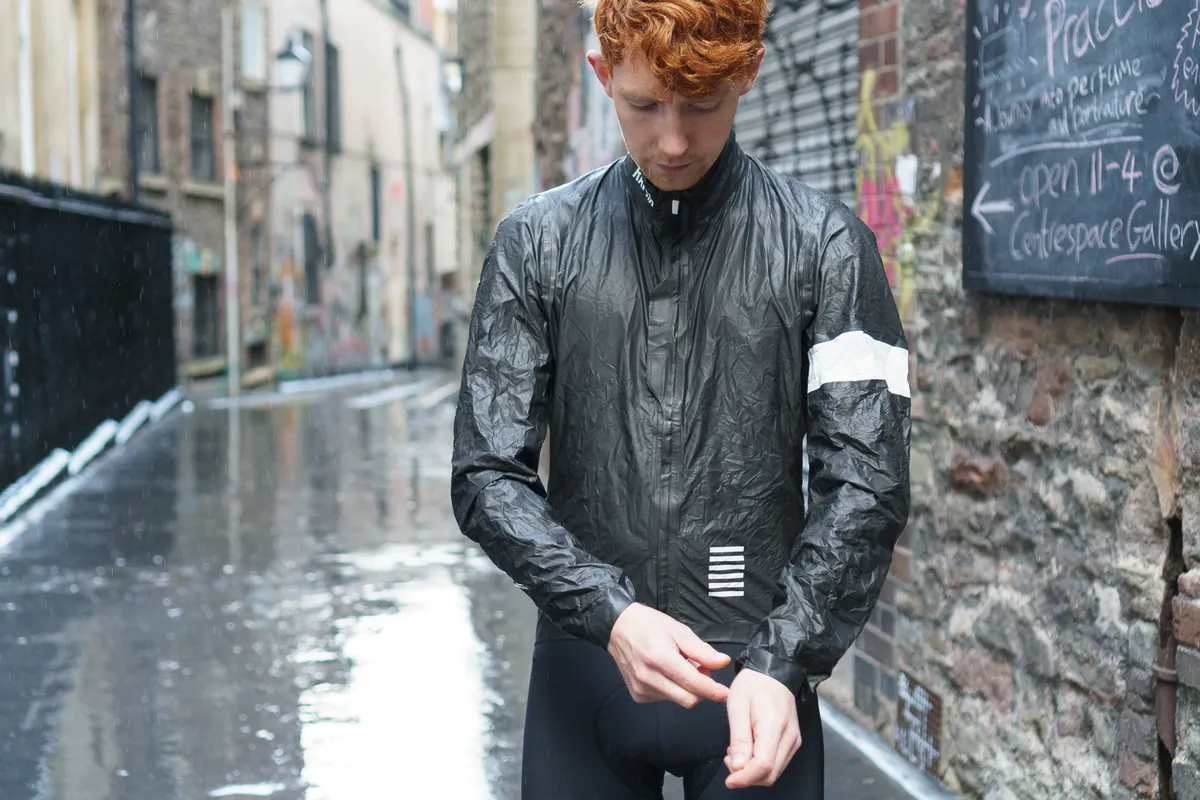
We've already mentioned some of the key demands placed on kit designed for indoor cycling, but how does this differ from equipment and clothing that's geared up for riding outside?
Safety will certainly be one aspect. There is no need for a helmet while riding indoors, nor high-visibility or reflective elements to make sure you're seen on the roads or trails.
Modesty certainly plays into it too. While most riders will opt to at least wear a short-sleeved or sleeveless cycling jersey when riding on hotter days outside, if you're training at home you might not even bother with a top at all.
However, if your indoor cycling takes you to a spin class or stationary bike at the gym, you might want to consider how your clothing choices make others around you feel, as well as your own preferences. For example, some gyms operate a tops-on policy.
Weather – or lack thereof – also plays into the differences between kit for indoor vs outdoor cycling. Indoor kit won't need to be windproof, waterproof or as robust as kit designed for outdoor use.
If you consider the differences between indoor cycling clothing and outdoor clothing in the winter months, the difference becomes even more stark. You can forget about all the thermal layers, waterproofs, overshoes, neck warmers, hats and gloves that the wet and cold weather often requires.
If you're new to cycling and yet to amass the volume of kit needed to make outdoor winter cycling enjoyable, then indoor cycling can help you beat bad weather without having to invest in foul-weather gear.
What to look for when buying indoor cycling clothing
Beyond breathability and comfort, there are several things to look for when buying indoor cycling clothing.
Indoor cycling shorts
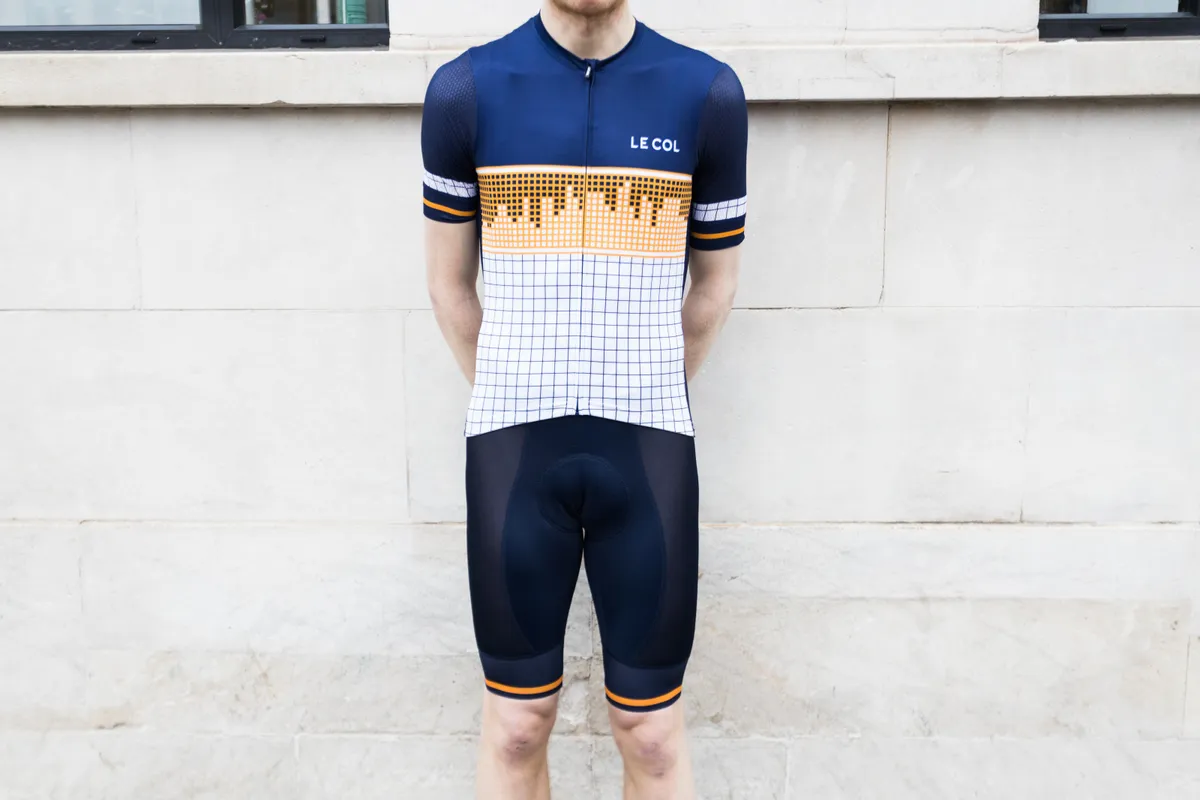
Just like riding outside, a pair of padded shorts comes highly recommended for your indoor training. You can choose between a more conventional-waist short or a pair of bib shorts. To accommodate differing anatomy in the saddle area, there are cycling shorts for men and cycling shorts for women.
Compared to typical cycling shorts, options designed for indoor use tend to feature enhanced breathability and quick-drying fabrics. Getting hot and sweaty in the saddle is a recipe for saddle sores, so keeping cool 'down there' is key.
The chamois (or pad) choice is key for indoor training. Though sessions tend to be short, your position on the bike can be a lot more static than when riding outside, so some riders find they become uncomfortable in the saddle more quickly.
Padded cycling shorts are designed to be worn without underwear. This may feel strange at first, but is important for minimising any chafing and to improve breathability.
Some indoor cycling shorts feature a cargo pocket on one or both thighs, which can be really handy for keeping a phone, remote or snacks within easy reach.
In more extreme cases, and certainly within the privacy of their own homes, some riders opt to use meshy MTB liner shorts on the turbo trainer, such as options from Specialized, 7Mesh and Velocio. These still feature a pad, but they are designed to be worn under baggy shorts, so are quite see-through when worn solo.
Indoor cycling shoes
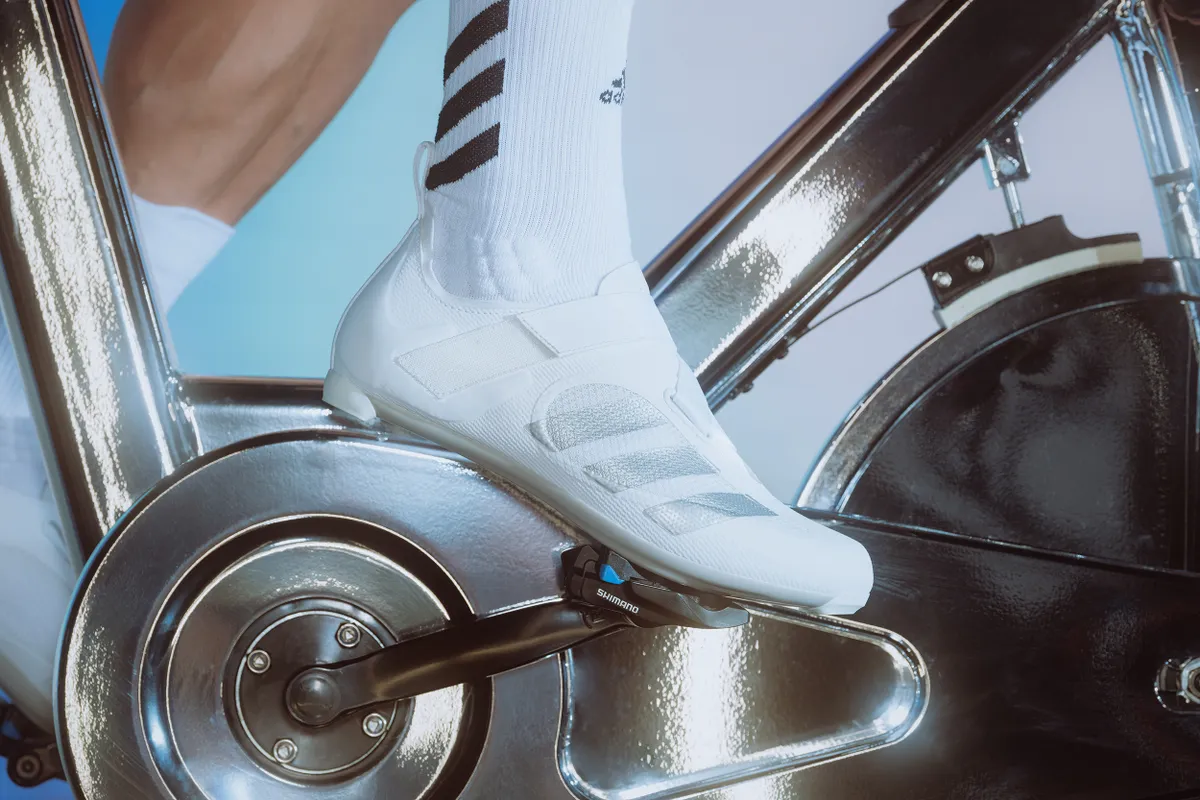
Using clip-in pedals can make a huge difference when riding indoors at home or at a spin class, so it's not surprising that there have been a few different indoor-specific shoe releases over recent years.
The Adidas indoor shoes have mounting points for three-bolt cleats, compatible with road bike pedals.
Shimano has several two-bolt cleat MTB-style options, including the Shimano IC501 shoes, which are more compatible with most spin-class static bikes.
Nike's SuperRep Cycle 2 Next Nature shoes are compatible with both cleat and pedal types.
The indoor training platform, Peloton, produces its own indoor cycling shoes.
Common features of indoor cycling shoes include a very high level of ventilation to mitigate hot, sweaty feet and some additional antimicrobial treatment.
Indoor cycling tops
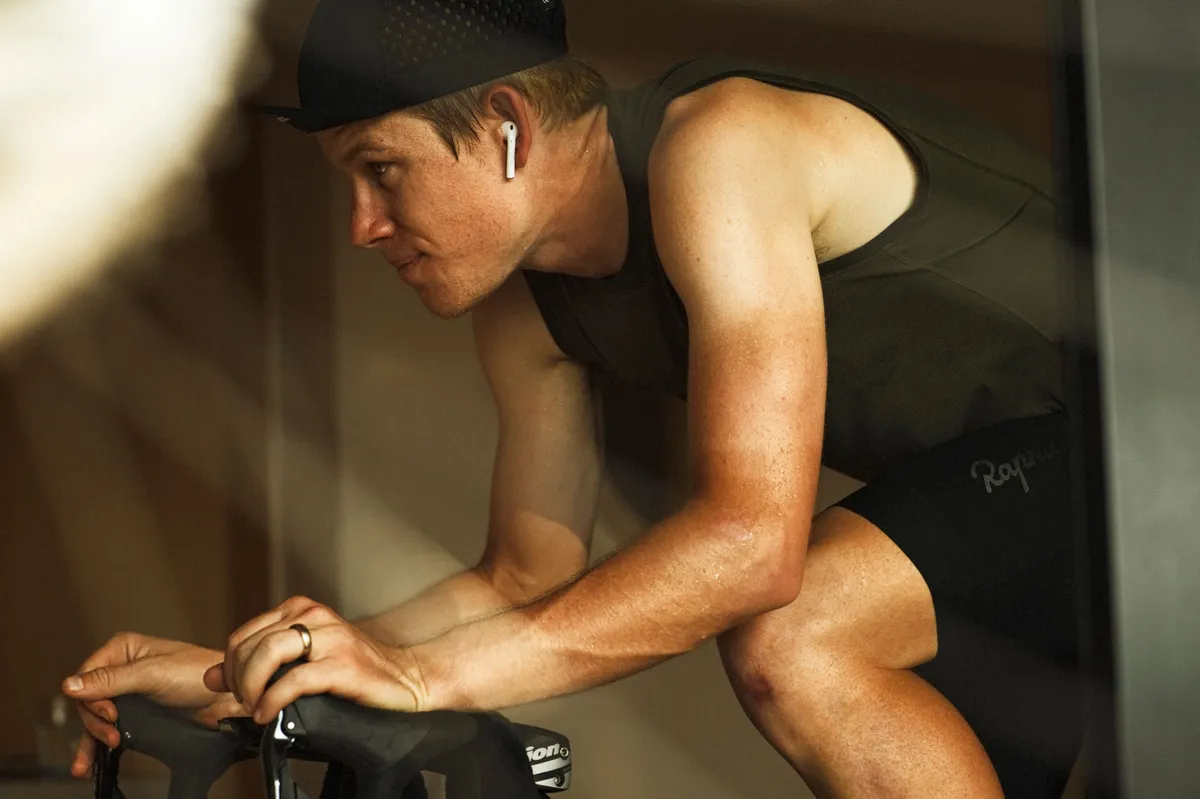
Your choice of top for indoor cycling will largely be down to personal preference. You may opt to wear a cycling jersey or lightweight baselayer, go topless or wear something different entirely.
A few different types of indoor cycling tops have hit the market, including Rapha's sleeveless wicking tanks and Madison's Turbo mesh jersey.
If you ride with a sports bra, look out for well-ventilated options.
Indoor cycling accessories
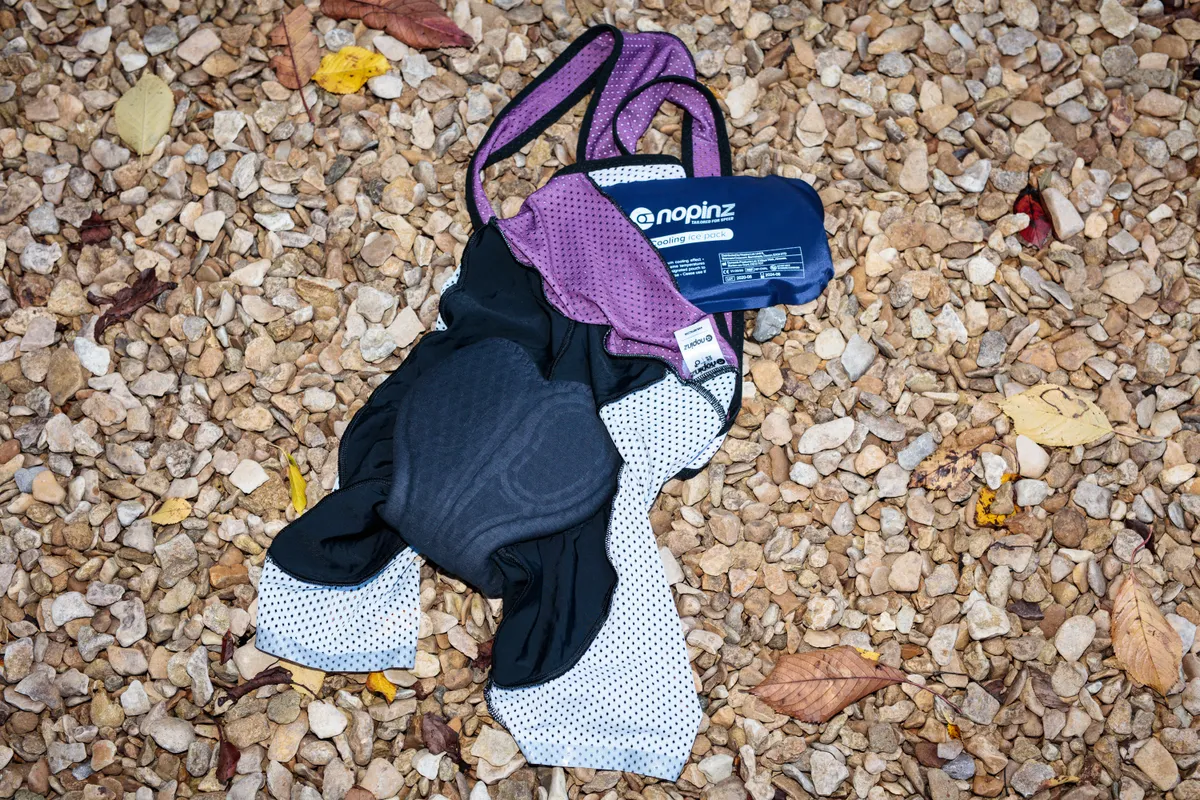
Your number one indoor cycling accessory has got to be the humble towel, assuming that a fan – or fans – counts as part of your trainer setup. From wiping your brow to drying sweaty hands, it's always a good idea to keep a towel close by, especially if you're putting yourself through an FTP test or interval training.
If you don't already have water loaded onto your bike, make sure you've got a bottle or two close by too. Hydration really is key to getting the most out of your workout.
For the most dedicated indoor cyclists, you can even buy reusable gel ice packs to be placed on your back or wrists to help manage your temperature, such as those available from Nopinz.
You'll find a raft of other indoor cycling accessories, from breathable caps to help keep the sweat out of your eyes to lightweight cycling socks.
